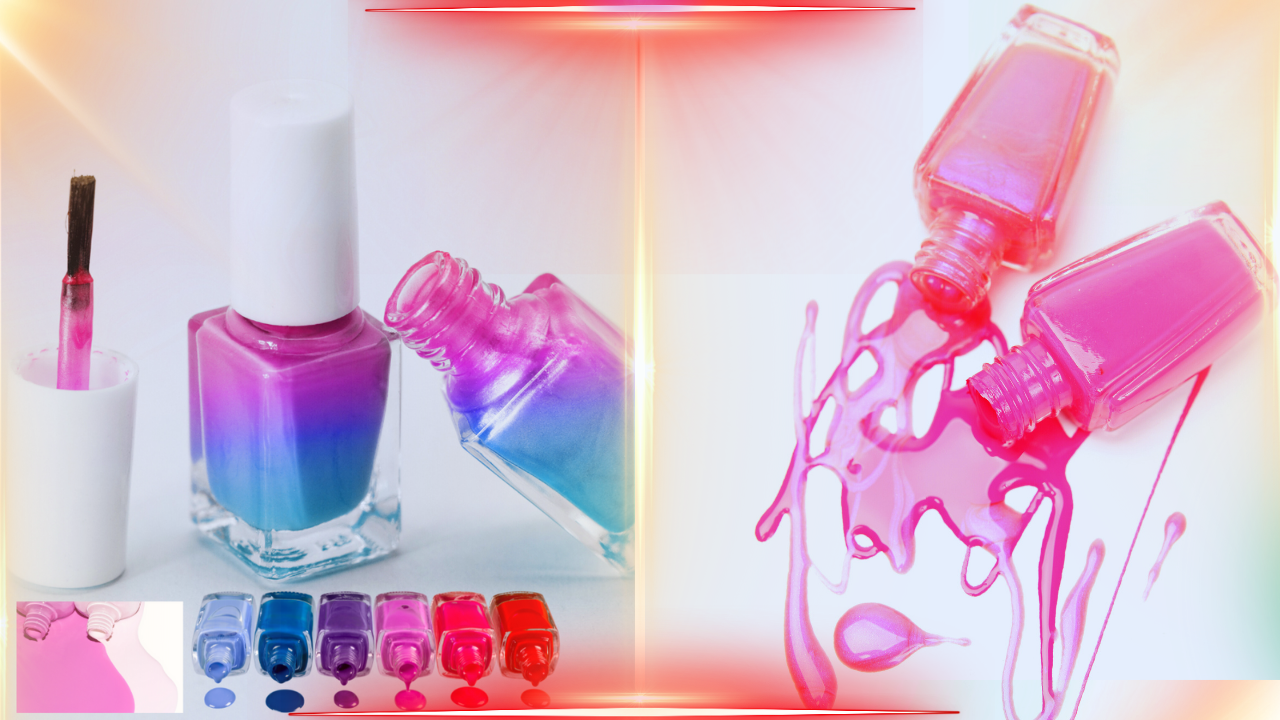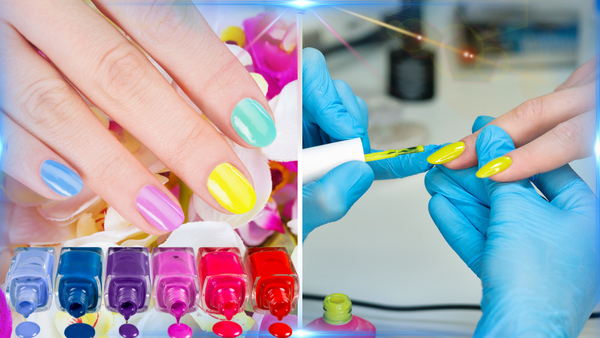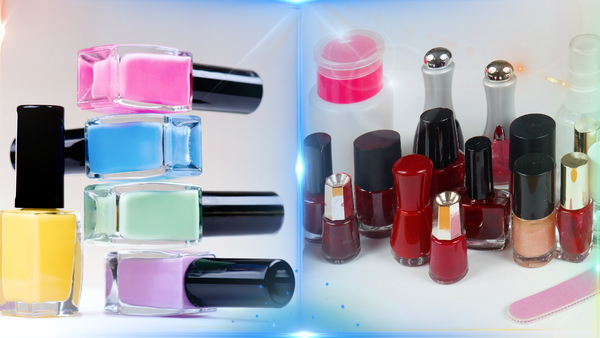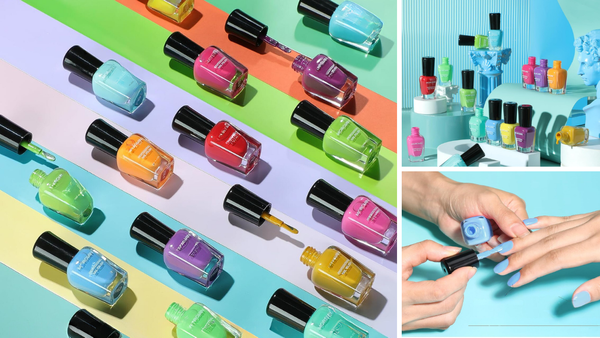Key Takeaways:
- Mixing and matching nail polish colors can create unique and personalized nail art.
- Understanding the compatibility of different brands and types of polishes is crucial.
- Experimenting with colors can lead to discovering new and exciting shades.
Introduction

Nail art has evolved into a vibrant form of self-expression, allowing individuals to showcase their creativity through a myriad of colors and designs. One common question that arises is, "Can I mix and match colors from different nail polish sets?" The answer is a resounding yes! Mixing and matching nail polish colors can open up a world of possibilities, enabling you to create unique and personalized nail art that reflects your style.
The Basics of Nail Polish Mixing
Mixing nail polish colors is akin to painting a masterpiece. Just as an artist blends colors on a palette, you can combine different nail polishes to create new and exciting shades. Whether you're using gel polish, shellac, or traditional nail polish, the process is relatively straightforward. Start by selecting the colors you want to mix. For example, if you have a hot pink and a deep purple, you can blend them to create a stunning magenta.

When mixing nail polish, it's essential to consider the consistency and formula of the polish. Some brands may have thicker or thinner formulas, which can affect the final result. To ensure a smooth blend, pour a small amount of each color into a separate container and mix them thoroughly. You can use a toothpick or a small brush to swirl the colors together until you achieve the desired shade.
Compatibility of Different Brands
One of the most common concerns when mixing nail polish colors is whether different brands can be combined. The good news is that most nail polishes, regardless of the brand, can be mixed together. However, it's essential to test the mixture on a small area before applying it to your nails. This will help you determine if the colors blend well and if the formula remains consistent.

For example, if you're mixing a CND Shellac polish with a gel polish from another brand, apply a small amount of the mixture to a nail tip or a piece of paper. Allow it to dry, and observe the results. If the colors blend seamlessly and the formula remains smooth, you can proceed with confidence. If not, you may need to adjust the ratio of the polishes or try a different combination.
Creating Custom Colors
One of the most exciting aspects of mixing nail polish colors is the ability to create custom shades. By experimenting with different combinations, you can develop unique colors that are not available in stores. For instance, mixing a bright yellow with a cool teal can result in a vibrant green, while blending a deep blue with a light pink can produce a stunning lavender.
To create a custom color, start with a small amount of each polish and gradually add more until you achieve the desired shade. Keep in mind that some colors may require more mixing than others. For example, primary colors like red, blue, and yellow can be combined to create a wide range of secondary colors, such as orange, green, and purple. Don't be afraid to experiment and have fun with the process!
Tips for Successful Nail Polish Mixing
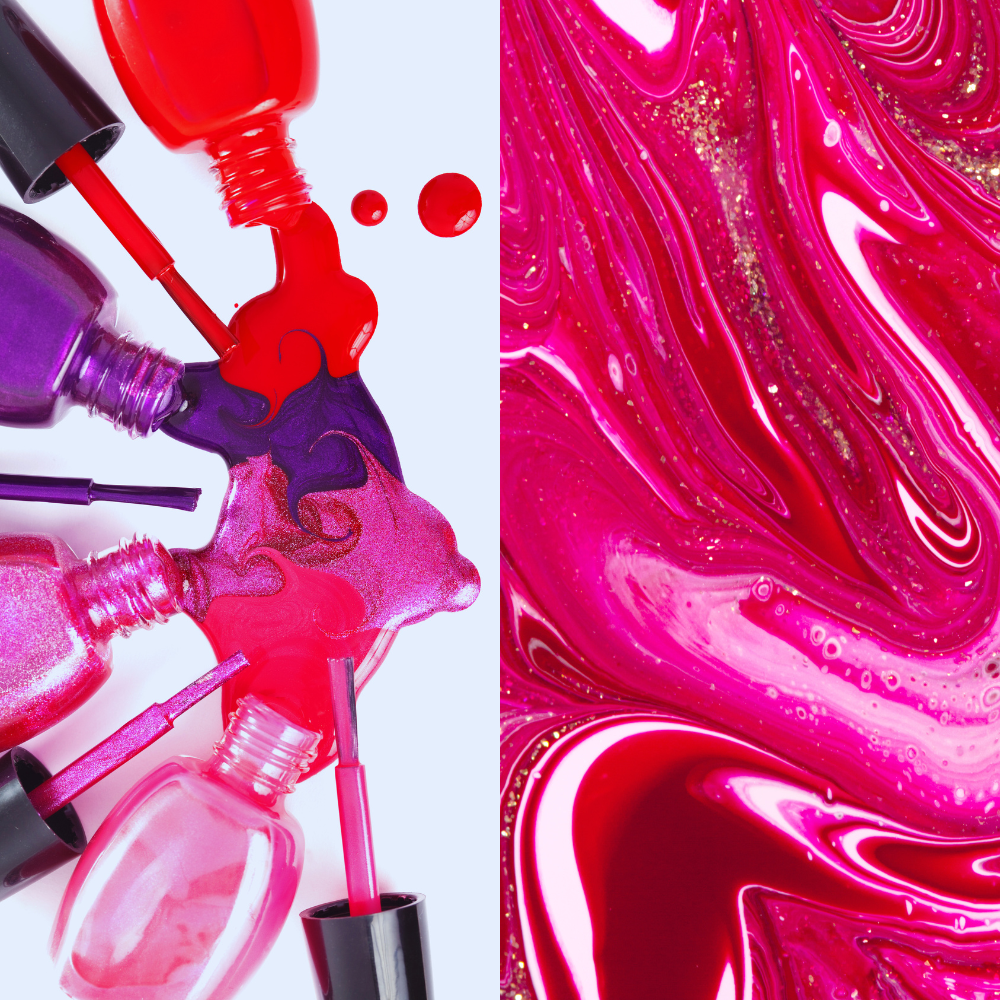
Mixing nail polish colors can be a fun and rewarding experience, but it's essential to follow a few tips to ensure success. First, always use a clean and dry container for mixing. This will prevent any contamination and ensure that the colors blend smoothly. Second, shake the polish bottles well before mixing to ensure that the pigments are evenly distributed.
When mixing, start with small amounts of each color and gradually add more until you achieve the desired shade. This will help you avoid wasting polish and ensure that you have enough of the custom color for your manicure. Additionally, consider using a clear topcoat to seal the color and add a glossy finish. This will help protect your nails and ensure that the color lasts longer.
Testing and Adjusting Colors
Before applying your custom color to your nails, it's essential to test it on a small area. This will help you determine if the shade is what you envisioned and if any adjustments are needed. For example, if the color is too light, you can add a few more drops of the darker polish. If it's too dark, you can lighten it with a few drops of a lighter polish.
Testing the color on a nail tip or a piece of paper can also help you see how it looks in different lighting conditions. This is especially important if you're mixing colors for a special occasion or event. Once you're satisfied with the color, you can proceed with painting your nails. Remember to apply a base coat before the custom color to protect your nails and ensure a smooth application.
Mixing Gel Polishes
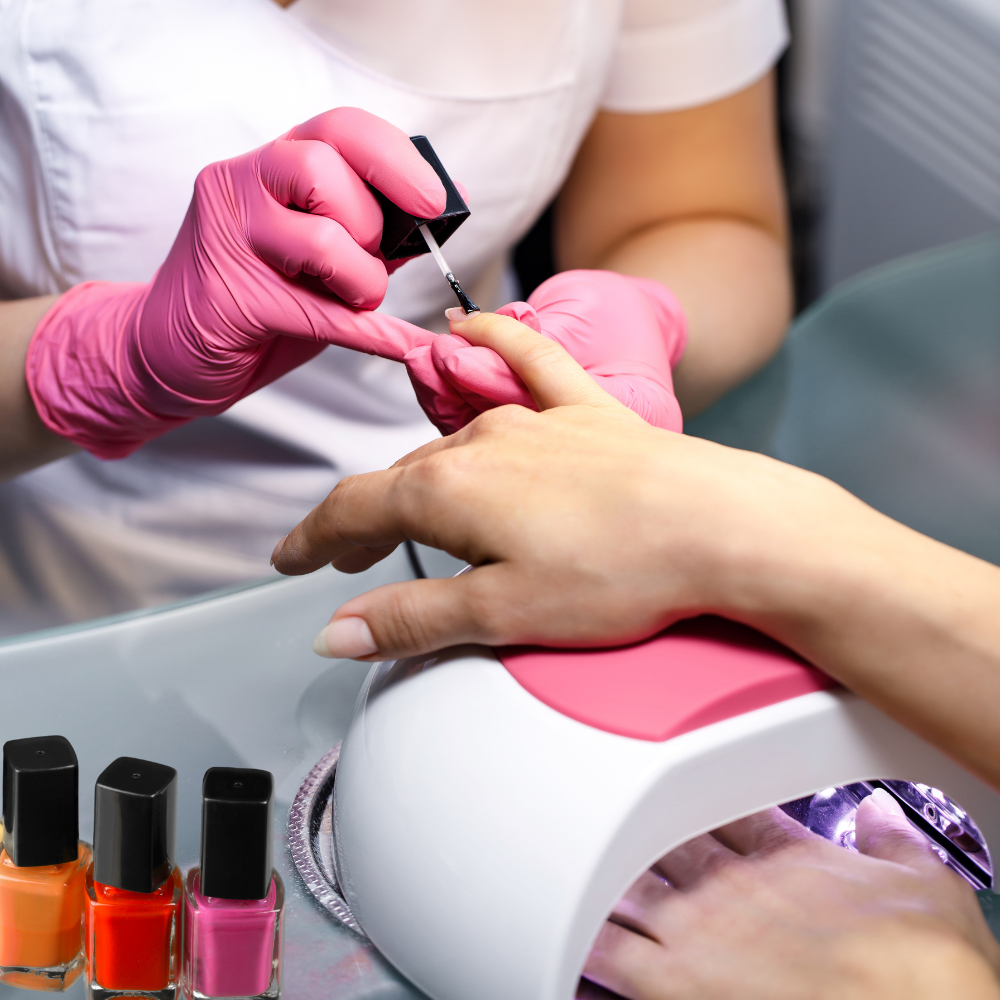
Mixing gel polishes follows a similar process to traditional nail polishes, but there are a few additional considerations. Gel polishes require curing under a UV or LED lamp, so it's essential to ensure that the mixed color cures properly. Start by mixing a small amount of each gel polish in a separate container. Use a toothpick or a small brush to blend the colors thoroughly.
Once you have the desired shade, apply a thin layer of the mixed gel polish to a nail tip or a piece of paper. Cure it under the lamp according to the manufacturer's instructions. If the color cures evenly and remains smooth, you can proceed with applying it to your nails. If not, you may need to adjust the ratio of the polishes or try a different combination.
Storing Mixed Nail Polishes
If you have leftover mixed nail polish, you can store it for future use. Pour the remaining polish into a clean, empty bottle and label it with the colors used and the date. This will help you remember the combination and ensure that the polish remains fresh. Store the bottle in a cool, dry place away from direct sunlight to prevent the polish from drying out or becoming discolored.
When you're ready to use the mixed polish again, shake the bottle well to ensure that the pigments are evenly distributed. If the polish has thickened, you can add a few drops of nail polish thinner to restore its consistency. Avoid using nail polish remover, as it can break down the formula and affect the color.
Experimenting with Nail Art
Mixing and matching nail polish colors can also enhance your nail art designs. For example, you can create a gradient effect by blending two or more colors on a sponge and dabbing it onto your nails. This technique works well with traditional and gel polishes and creates a stunning ombre effect.
Another fun idea is to use a thin brush or a dotting tool to create intricate designs with your custom colors. For instance, using different shades, you can paint flowers, stripes, or polka dots. This allows you to showcase your creativity and create unique nail art that stands out.
Common Mistakes to Avoid
While mixing nail polish colors can be a fun and creative process, there are a few common mistakes to avoid. One of the most common mistakes is using too much polish at once. This can result in a thick and gloopy mixture that is difficult to apply. Instead, start with small amounts and gradually add more until you achieve the desired shade.
Another mistake is not testing the color before applying it to your nails. This can lead to disappointment if the color doesn't turn out as expected. Always test the mixture on a small area and make any necessary adjustments before painting your nails. Additionally, avoid mixing polishes with different drying times, as this can result in an uneven finish.
Summary
Mixing and matching colors from different nail polish sets can be a fun and creative way to express your style. By understanding the compatibility of different brands and types of polishes, you can create unique and personalized nail art. Experimenting with colors allows you to discover new and exciting shades, and following a few simple tips can ensure success. Whether you're using traditional nail polish or gel polish, the possibilities are endless. So go ahead, unleash your creativity, and have fun with nail polish mixing!
For huge discounts on nail products, including gel polish kits and manicure accessories, check out the best deals.
FAQ Section
Can I mix gel polish with regular nail polish?
Mixing gel polish with regular nail polish is not recommended, as they have different formulas and curing processes. Gel polish requires curing under a UV or LED lamp, while regular nail polish dries through evaporation. Combining the two can result in an uneven finish and may not cure properly.
How do I store mixed nail polish?
To store mixed nail polish, pour the remaining polish into a clean, empty bottle and label it with the colors used and the date. Store the bottle in a cool, dry place away from direct sunlight. Shake the bottle well before use to ensure the pigments are evenly distributed.
Can I create custom colors with primary colors?
Yes, you can create custom colors by mixing primary colors (red, blue, and yellow). For example, mixing red and yellow will create orange, while blending blue and yellow will produce green. Experimenting with different ratios can help you achieve a wide range of secondary and tertiary colors.
